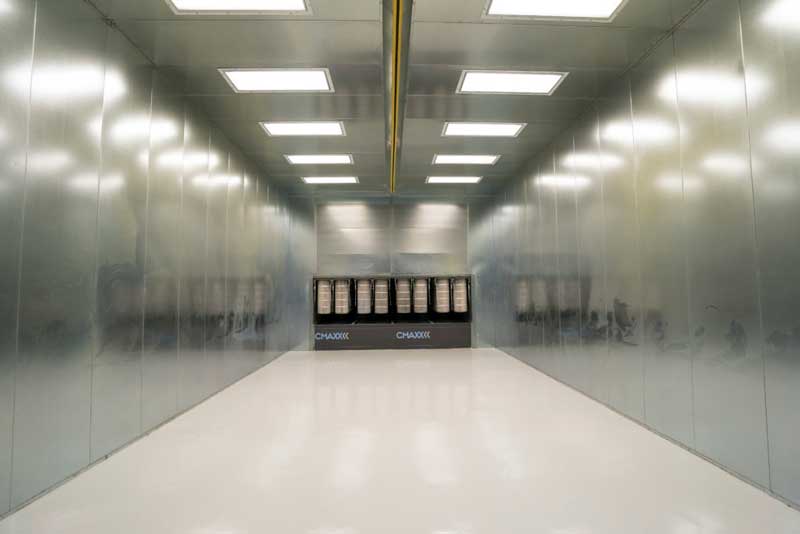
The Standard Colors of Imperial Systems



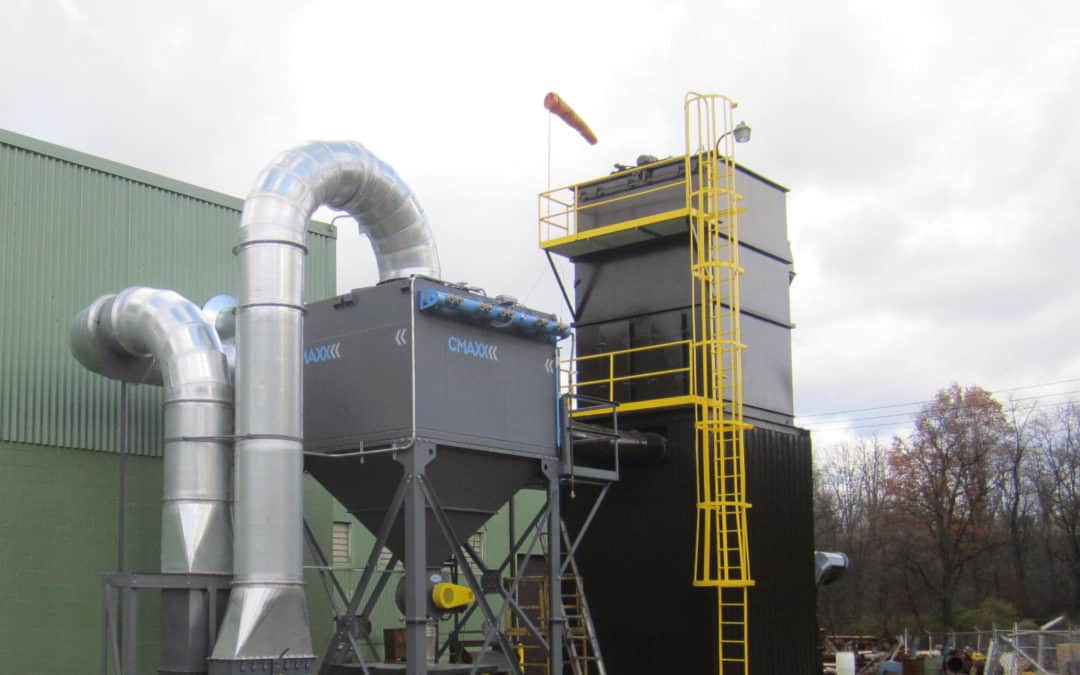
Installing dust extraction systems in the industrial workplace helps keep employees and equipment safe. After all, industrial processes usually generate hazardous dust and fumes. So make sure you invest in a high-quality dust extraction system that will do its job and maintain safety.
It may be tempting to look at cost before quality as you consider various dust extraction system manufacturers. However, industrial dust extraction is an area in which you do not want to compromise on safety. Therefore, here are some tips to ensure the safety of your dust extraction equipment.

First, find an industrial dust extractor with high-pressure ratings. If you invest in a durable system that is already equipped with proper protection, additional protection costs will be decreased.
Second, buy quality ductwork. You may have the best system in the world, but your ductwork may be low grade and lack essential parts like dampers and valves. As a result, the threat of serious, explosive malfunctions is still high.
Next, keep the storage area beneath the hopper clean. The pulse-cleaning system could be hindered if it is not consistently emptied.
Avoid using a programmable logic controller (PLC) to run your pulse-cleaning system. In short, PLCs are too slow for fast-paced pulse cleaning.
Select a system with which filter exchanges can be done safely and with ease. Consequently, if the filters are positioned high or in an inconvenient place, changing them out can be very taxing and even dangerous.
Filters are a very important part of industrial dust extraction equipment. In particular, one of the most significant aspects of filters is their life span. Certainly, longer filter life both lowers costs and employee dust exposure.
Vertically mounted filters do not allow dust to accumulate on top of them. Favorably, this eliminates a fire hazard. Further, there are a number of features that industrial dust extraction systems have that can prevent fires. Examples include flame-retardant filter media and spark arrestors.
A number of safety accessories can be added to your system. For example, railed platforms and ladders, lock-out doors, BIBO (bag-in, bag-out) containment systems, and safety monitoring filters all decrease the risk of hazards.
In summary, keep safety in mind when you evaluate the products of dust extraction system manufacturers. What practical features and innovations do they offer, especially for your particular safety issues? Imperial Systems offers high-quality industrial dust extraction systems that meet all OSHA and EPA safety standards. You can be sure that you have a safe and secure system from Imperial. Learn more about the CMAXX dust and fume collection system here.
Read more
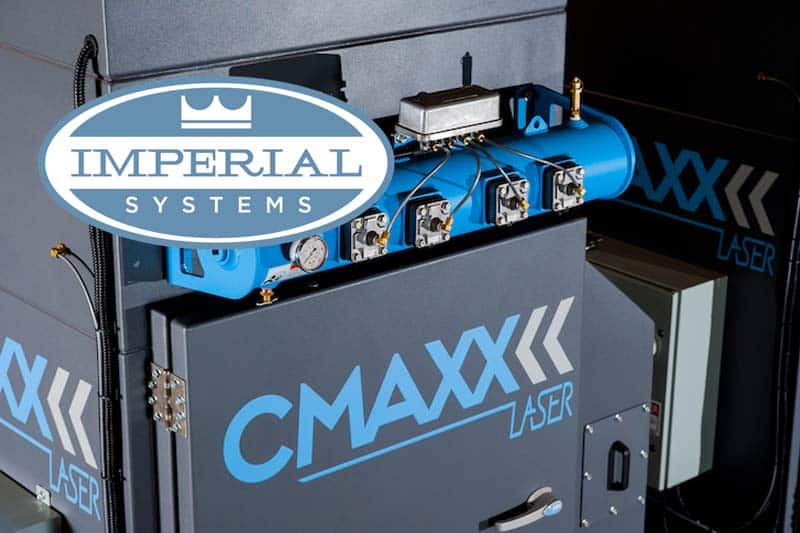
Dust control solutions are the number one concern for any work environment where employees are exposed to dangerous fumes or dust from metal, chemicals, wood, grains, or any type of particulates that may pose a significant health hazard. Providing a safe place for your personnel to work every day, along with ensuring that you are protecting your community from harmful exposure to dangerous particulates, is a necessary component of your responsibilities to your company and your compliance with environmental regulations. Fortunately, modern industrial dust control systems are also a wise, long-term investment, which can save you time and money in your efforts to keep the air and water clean for your workplace and your surrounding community.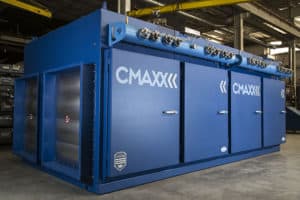
While providing state of the art dust control equipment to companies in a wide variety of industries over several years, we at Imperial Systems have made it our priority to save businesses time and money in their efforts to maintain a clean, safe, and healthy workplace. From our dust control systems to our NanoFiber filter technology, our equipment promises superior performance while consuming less energy and guaranteeing safety throughout the workplace.
If you are unfamiliar with the basic components of dust control technology, the following is a brief description of the dust and fume control equipment we offer to help you provide a safe and clean environment for your company.
For more information about factory dust control solutions for your company, contact Imperial Systems today. We look forward to discussing how we can meet your unique needs to help keep your employees safe while making a substantial long-term investment for your business.
Read more
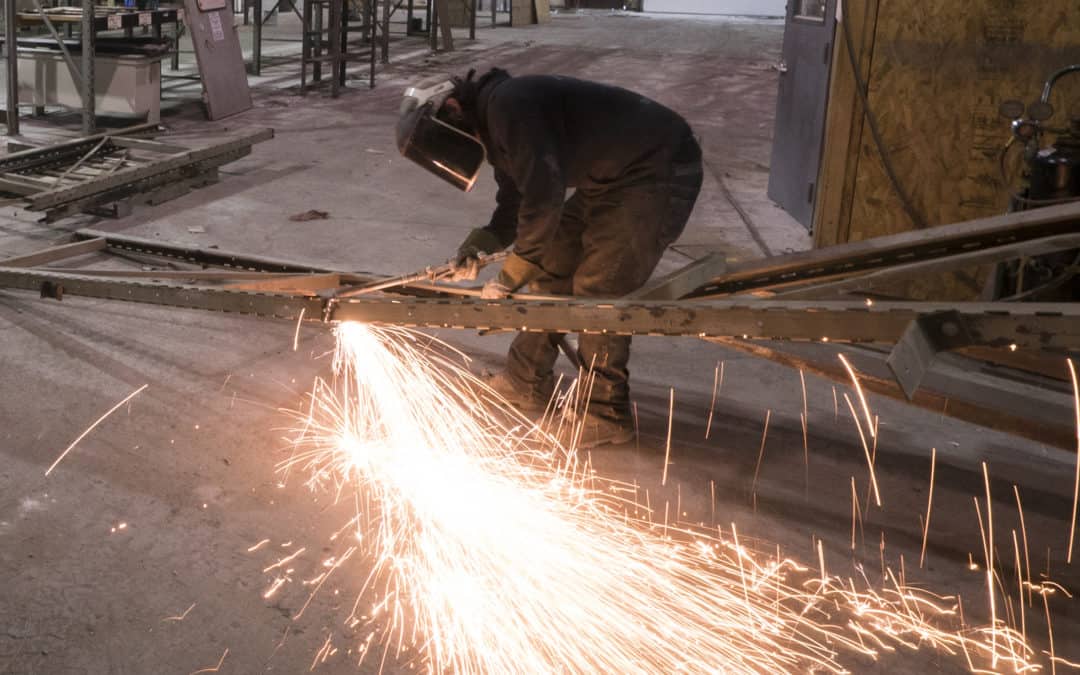
Sometimes it’s necessary to cut or weld, or hot work in the vicinity of your dust collector. However, this can be extremely dangerous if your dust is explosive. A dust collector, after all, is an accumulation of dust. If that material is combustible, careless hot work could lead to a catastrophic explosion.
“Hot work” is defined by OSHA as “welding, brazing, cutting, soldering, thawing pipes, using heat guns, torch applied roofing and chipping operations, or the use of spark-producing power tools, such as drilling or grinding”. Most of us would think twice about welding or cutting in near a dust collector or any other combustible dust. But some tools, even ones that shouldn’t produce sparks, may have faulty wiring. This can lead to a fire or explosion.
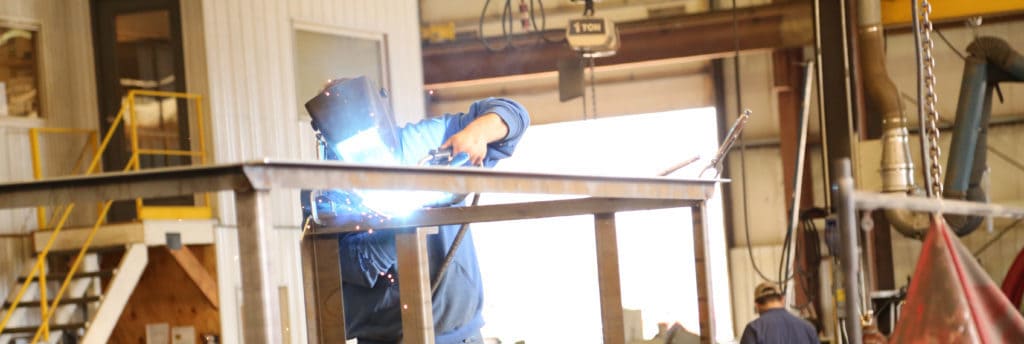
No hot work should be done near the dust collector without the correct procedures (see NFPA 51B). This NFPA standard specifically defines the procedures for conducting this type of work anywhere that it might cause an explosion.
Hot work near or on a dust collector might include repairs or adding/removing a piece of equipment or ductwork. It may include any number of other projects. Before doing this kind of work around the dust collector, you must have a hot work procedure IN WRITING:
The program should assess safety equipment in the area. On a dust collector that might include a spark arrestor, spark detector, fire suppression or sprinkler system, abort gate, explosion venting, or other types of fire and explosion safety devices.
Hot work may require completely blocking the ductwork to the dust collector, or if the work is on or close to the collector, may require removing the filters, emptying or removing the hoppers, and thoroughly cleaning the entire dirty air side of the dust collector. a strong g recommendation is that a fire suppression system is in place before hot work begins. This will suppress any fire that might start. Further, remove as much of the dust as possible if it is explosively combustible.
NFPA 51B specifies that the company safety specialist will issue a permit for work to proceed once achieving an inspection and determination of safety for hot work. It’s the job of this designated safety specialist to inspect the area of hazards. The specialist ensures the removal of all combustible dust. They confirm the isolation of all sparks and heat and establish safety procedures in the event of a fire.
No one should be allowed to perform ANY type of hot work, including the use of spark-producing power tools, in the vicinity of the dust collector without a permit. However, it happens all the time and puts lives at risk if the dust is combustible. Take the time to assess this hazard in your own workplace. If the hazard exists, your safety professional should set up hot work procedures to make sure no one puts themselves or the facility at risk.
Read more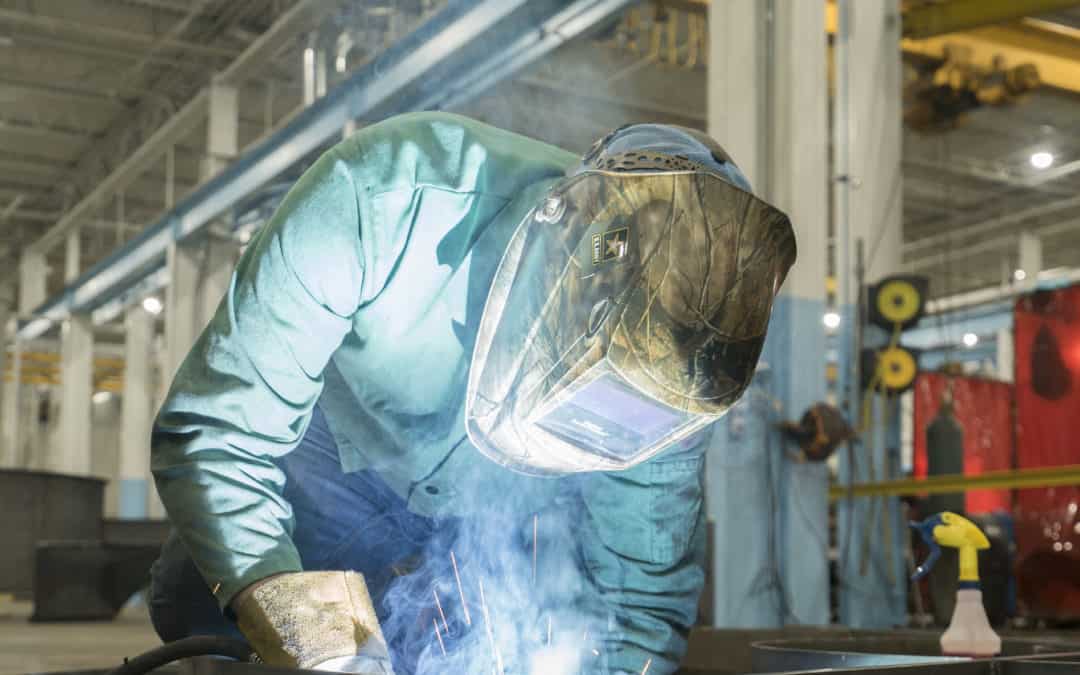
Like many companies in the USA, Imperial Systems wouldn’t exist without our skilled tradespeople. Making a quality product comes from training and experience. Right now we’re lucky enough to have a young man enrolled in a local trade school. He has come here for both of those things.
Garrett is a student at our local Mercer High School and participates in the Mercer County Career Center Vo-Tech trade school program. Every morning he comes to work at Imperial Systems, welding CMAXX and BRF collectors. He’s learning from our experienced team and getting great real-world experience.
Garrett knew about Imperial Systems from a friend who works here in the summer. He chose us for his Vo-Tech worksite and told us about how much he’d learned already. He shared the difference between welding in school and working from blueprints here. There’s additional motivation in working on projects that are actually going out to customers. Fortunately, he is eager to learn and enthusiastic about his work.
He’s also enthusiastic about welding in general. This is demonstrated by the artwork he created for a trade school skilled trades art show. He got to take his work as far as state competition in Hershey, PA. In school, he plays football, wrestles, and participates in show choir.
While show choir might seem like an unexpected hobby for a welding student, Garrett is an intelligent and well-rounded person, and our conversation ranged from his project on World War II propaganda to the deficit of skilled tradespeople and the over-abundance of college graduates with useless degrees. He has clearly thought a lot about his future and has a good understanding of the need for welders in the workforce and how it has affected his career choices.
He can also tell you from first-hand experience how under-funded trade schools struggle to attract and support students. The demand for skilled tradespeople dwarfs the budget that trade schools have to bring in and train these people. As a result, a future shortage of welders and similarly skilled tradespeople looms, and trade schools continue to be neglected as a source of solid, well-paying careers for many young people who don’t see college (or the accompanying debt) in their future.
The school year is almost over, and Garrett has plans for his future in the skilled trades: he has enlisted in the army and plans to work in one of their metalworking divisions. He’s not sure whether he’ll stay in the military as a career, but he knows we have several veterans working here now, so he’d be in good company if he decides to come back.
Read more